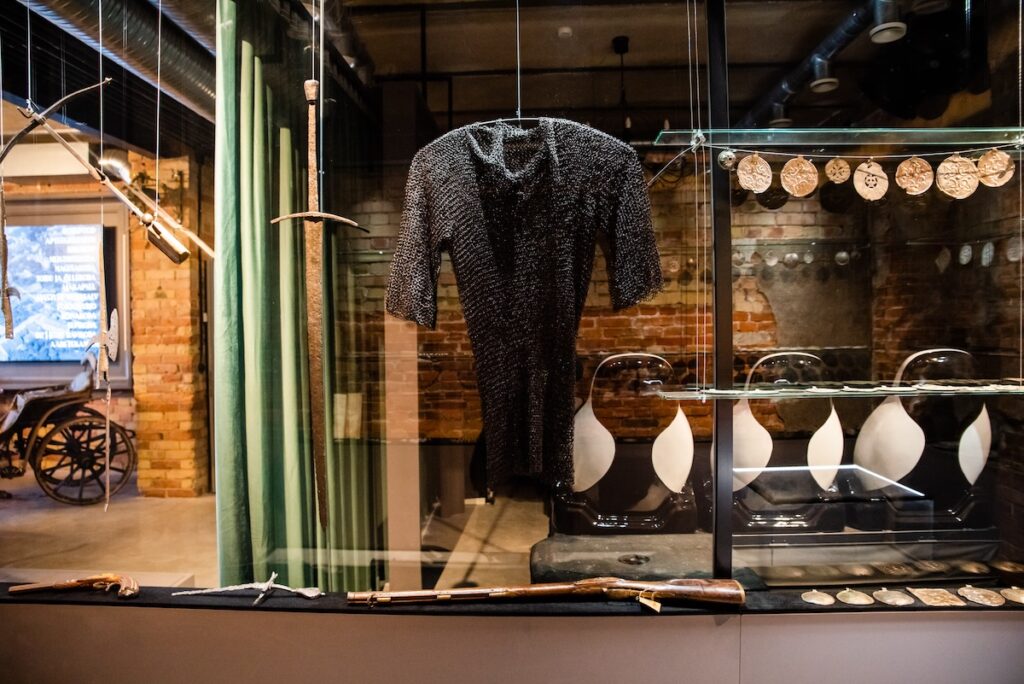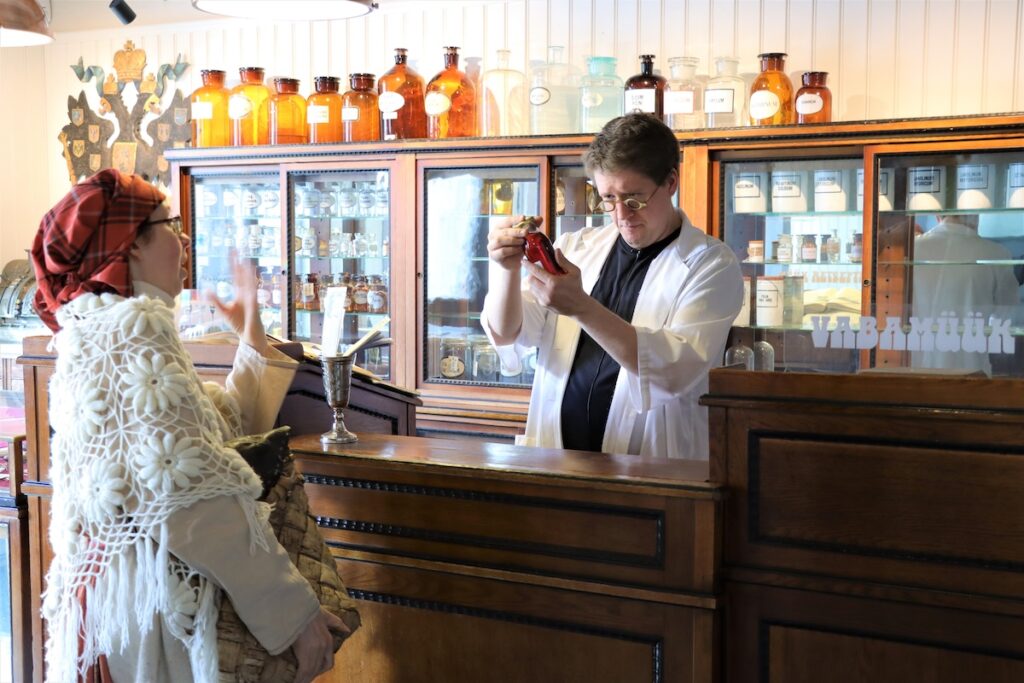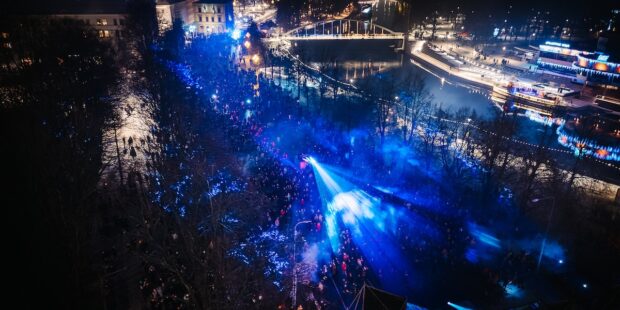Time travel in the heart of Estonia
Text Petri Saraste Photos SA Ajakeskus Wittenstein
 The octagonal, 30-metre-high castle tower is the symbol of the small town of Paide. But the real surprise is revealed when you step inside the tower. What lies ahead is an exciting journey through Estonian history.
The octagonal, 30-metre-high castle tower is the symbol of the small town of Paide. But the real surprise is revealed when you step inside the tower. What lies ahead is an exciting journey through Estonian history.
Estonia is famous for its many medieval castles. These include the castles of Kuresaare, Haapsalu, Narva and Rakvere. Less noticed is the one in Paide, one of Estonia’s oldest, the construction of which began as early as 1265. The 30-metre-high tower took its present form after renovations were completed in 1993.
The octagonal castle tower, Pikk Hermann, has become a symbol of the town of 10 000 inhabitants and a popular tourist attraction. Last year it attracted some 42 000 visitors.
“Paide is called the heart of Estonia because it is pretty much in the centre of the country. Paide is about 100 kilometres from Tallinn, Pärnu and Tartu, so it’s easy to come here, even if it’s just for a day trip, from anywhere,” says Marketing Manager Eliis Õunapuu.
Today, Paide Castle is part of the Wittenstein Museum complex. In the 13th century, a convent was built around the castle as a meeting and living space, protected by walls a few metres thick. A few years ago, with EU support, it was renovated into the versatile and modern Wittenstein History Centre.
Few people know that Johannes Hesse, the father of German literary great and Nobel Prize winner Herman Hesse, was born in Paide. The Hesse family was brought to Paide by the writer’s grandfather Carl Herman Hesse (1802-1896). He was a doctor in the then Empire and is buried in the Reopalu cemetery in Paide.

Estonian history, layer by layer
The tower of Paide Castle offers a rich insight into Estonian history. A lift serves as a time machine, taking you up from floor to floor, from one era to the next. You can discover the witches and knights, the Tsarist era and the Soviet years. The journey through time is enlivened by various sound, light and video effects on eight floors.
The first takes you back to ancient times, when elves and other forest gods were still worshipped. At the same time, the idea of a single god was already spreading in Europe.
The next floor takes us to the period between 1227 and 1561, when the Germans ruled the land. Among other things, it shows how life was lived in old Livonia. The Livonians later became extinct, but the name Livonia remained in history.


Above the story, the period of the kings between 1561 and 1710 is described. Paide, then known as Wittenstein, was granted city rights in 1291 and was doing well.
During the Tsarist era from 1710 to 1917, the German language and mentality prevailed in Estonia. In the 19th century, new rights were granted to Estonian serfs. They were given a surname and the right to own property and real estate. However, Alexander III limited the use of the Estonian language, but also reduced the rights of the nobility.
During the Soviet occupation from 1940 to 1991, people were also transported from the town of Paide to prison camps. During the Reconstruction period from 1991 to 2004, you can see a happy crowd of people forming a human chain of more than 600 kilometres across the Baltic.
The journey through time in the tower takes about an hour and offers a very enriching and well-executed experience.
There is also a 60-seat restaurant in the tower where you can enjoy many traditional delicacies. It will open to the public next spring.
Wittenstein History Centre
- Admission is 10 euros for adults, 7 euros for children and 9 euros for pensioners.
- Guided tours of the history centre are available in Estonian, Finnish, English, German and Russian.
To learn more about this and similar topicsEstonia Landmarks Estonian Castles Estonian Tourism History of Estonia Paide Castle Pikk Hermann Tower Wittenstein History Centre








